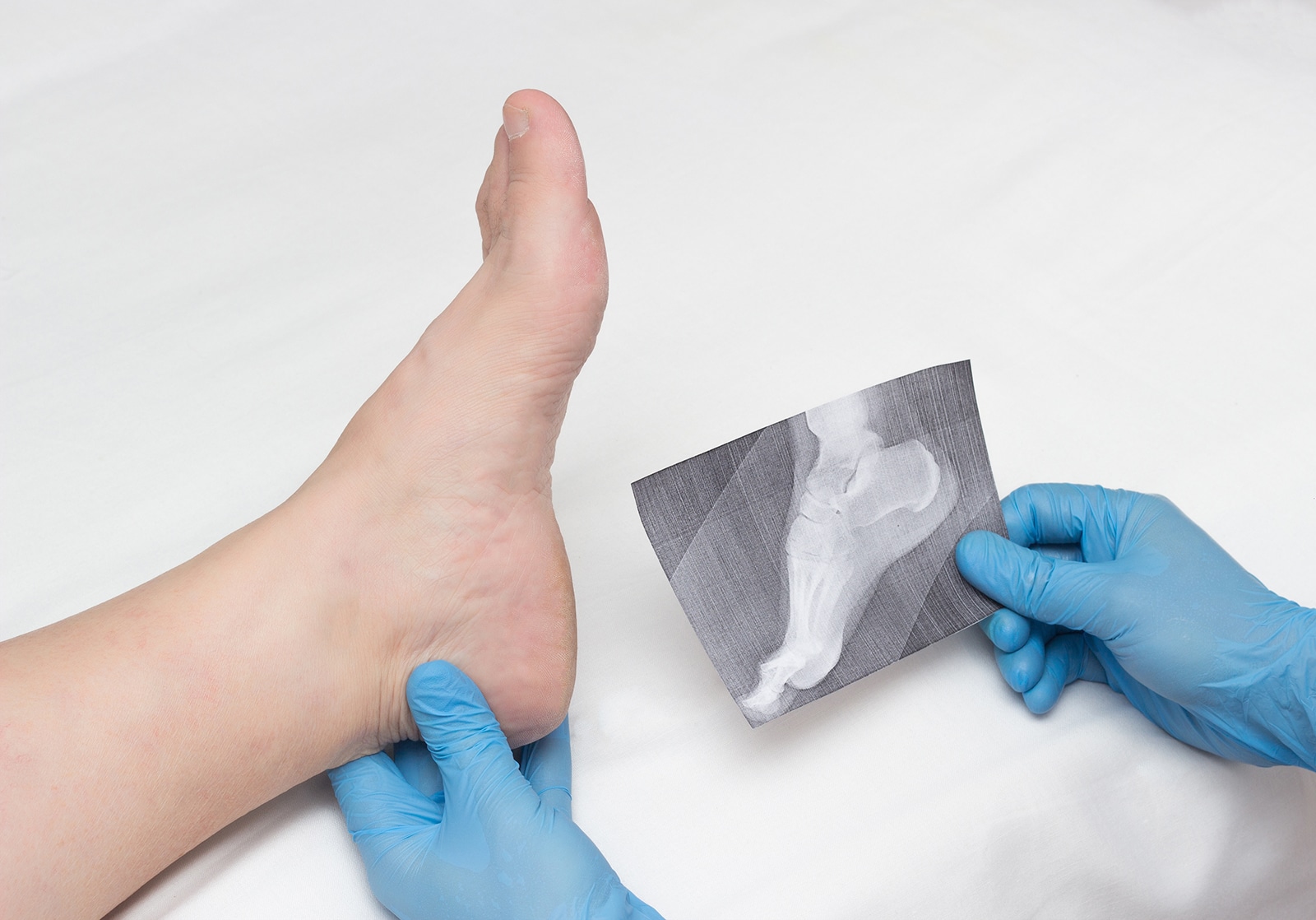Heel Spurs
Heel spurs are a common question whenever the topic of heel pain is being discussed. However, you might be surprised to learn how often they’re not the cause of someone’s sharp discomfort.
Many people have heel spurs and may never know it because the spurs cause them no problems whatsoever. But not everyone is that lucky. What do we do when spurs are causing heel pain?
What Is a Heel Spur?
A heel spur is a deposit of hard, bone-like calcium that sticks out from the surface of the heel bone. As more calcium is deposited, the spur can grow larger over time. Most heel spurs are about a quarter-inch in length, but some can grow to a half-inch or longer.
Heel spurs typically develop beneath the heel and can extend between the heel bone and the arch of the foot. That said, it is possible for spurs to develop in other areas of the heel bone as well.
What Causes a Heel Spur?
You might not consider a bone as something that can become stressed from being pulled on, but it can.
When muscles, ligaments, or the plantar fascia (which connects the heel bone to the base of the toes) produce too much stress on the bone, the body may try to make up for this stress by depositing calcium in the area, causing a spur to gradually form.
It takes time for a heel spur to develop, which means the source of stress on the heel has likely been around for a long time as well. Repetitive stress from athletic overuse, abnormalities in your foot structure, or wearing unsupportive footwear can all be potential causes.

Are Heel Spurs Causing My Heel Pain?
It is certainly possible. But are they the most likely cause? No.
According to the American Academy of Orthopaedic Surgeons, about 1 in 10 people have heel spurs. But of those people, only about 1 in 20 (or 5%) have heel pain.
In fact, most heel spurs are only discovered on x-rays and other imaging tests when doctors are looking for a different problem. Most spurs just hang out and don’t cause trouble.
But if a heel spur might not be causing heel pain, what could?
Remember the plantar fascia, muscles, ligaments, and other soft tissues that can be pulling on the heel? They are often a more likely cause of heel pain.
Plantar fasciitis tends to be at the top of the list of suspects, and any heel spurs that may be present are simply a result of an inflamed plantar fascia tugging on the bone.
In most cases, we will focus first on relieving what is suspected to be the primary cause of the heel pain. We might recommend:
- Stretches and conditioning exercises.
- Changes to footwear and activity levels.
- Custom orthotics.
- Laser therapy or other advanced treatments, if necessary.
Finding relief for plantar fasciitis and other conditions will not make the heel spurs go away. But if they were never causing any difficulty of their own in the first place, it won’t be necessary to take any action against them.
There may still be cases, however, when a bone spur is aggravating a nerve or other sensitive tissues. If this proves to be the case, the spur may need to be surgically removed. Such circumstances are rare.
Don’t Spur on Your Heel Pain – Get the Help You Need!
Whether it’s caused by a heel spur, plantar fasciitis, Achilles tendinitis, or one of many other potential causes, persistent heel pain is never something to let go untreated. Let us help you get to the root of the problem and recommend the best treatments to meet your needs.
Schedule an appointment with us by calling one of our offices or by filling out our online contact form.
McPherson Office
316 W. 4th Street
McPherson, KS 67460
P: (620) 241-3313
F: (620) 241-6967
© Community Foot Clinic of McPherson. All Rights Reserved.
Privacy Policy | Terms & Conditions
Web Design by CP Solutions
Marketed by VMD Services
